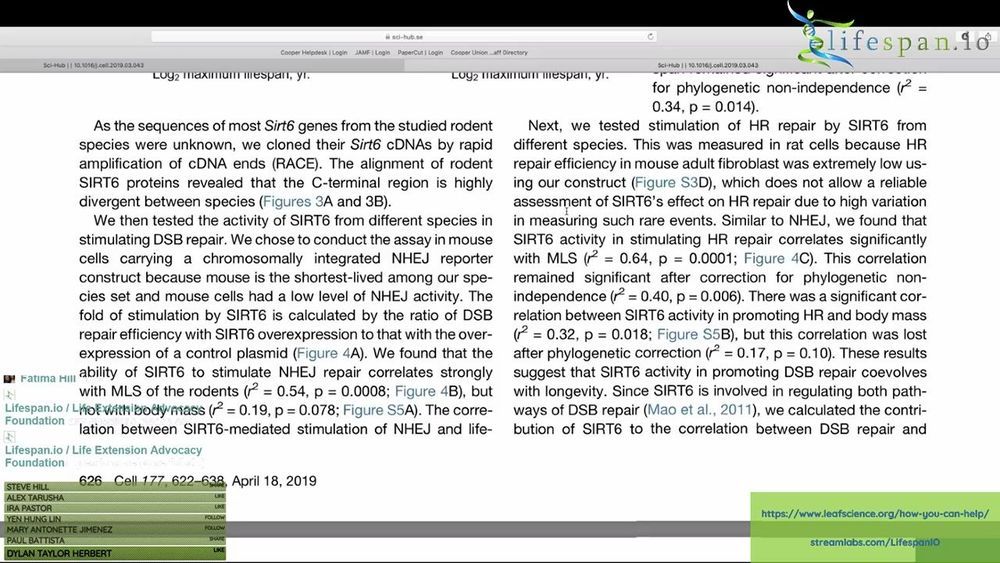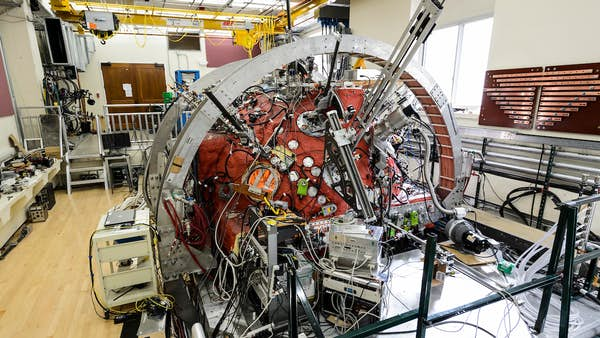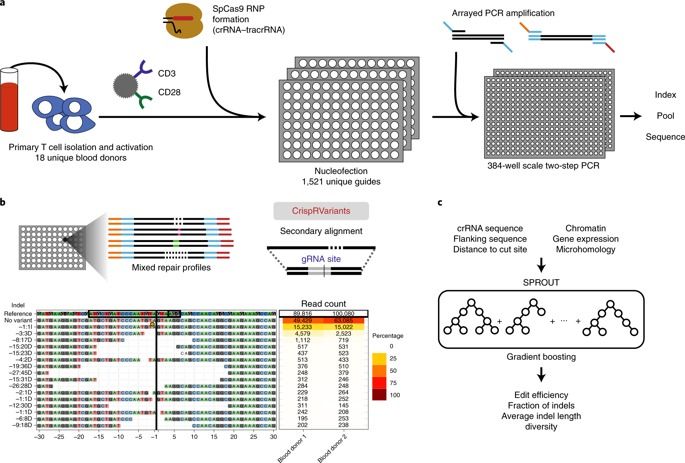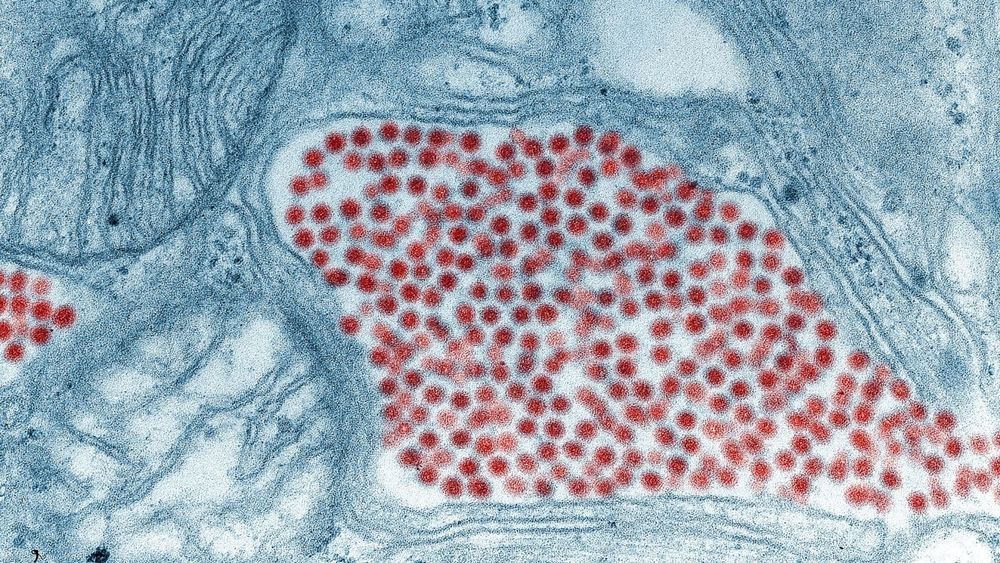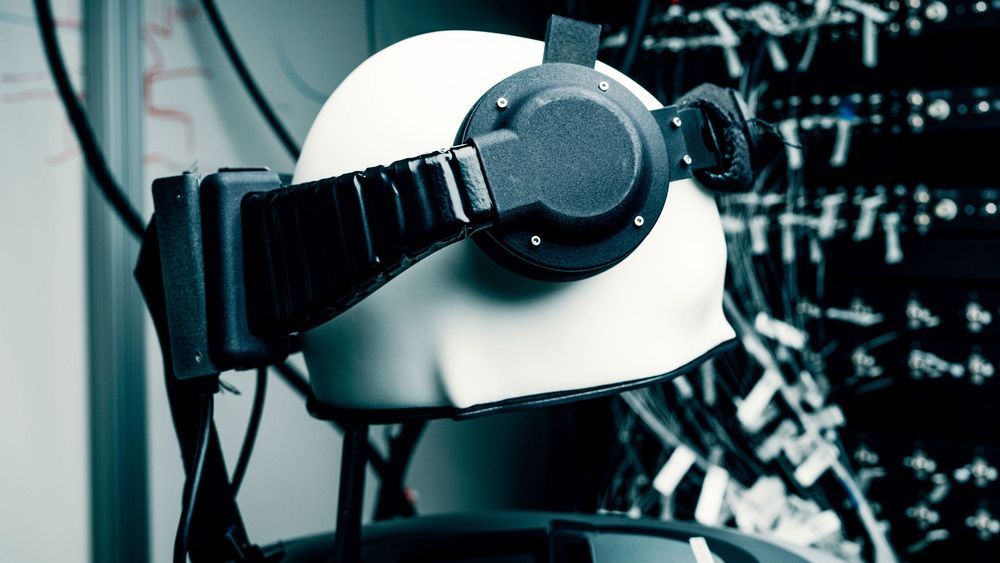Jul 30, 2019
Microsoft has a wild hologram that translates HoloLens keynotes into Japanese
Posted by Müslüm Yildiz in categories: augmented reality, holograms, mobile phones, robotics/AI
What if neither distance nor language mattered? What if technology could help you be anywhere you need to be and speak any language? Using AI technology and holographic experiences this is possible, and it is revolutionary.
Microsoft has created a hologram that will transform someone into a digital speaker of another language. The software giant unveiled the technology during a keynote at the Microsoft Inspire partner conference this morning in Las Vegas. Microsoft recently scanned Julia White, a company executive for Azure, at a Mixed Reality capture studio to transform her into an exact hologram replica.
Continue reading “Microsoft has a wild hologram that translates HoloLens keynotes into Japanese” »


 00:49.
00:49.
